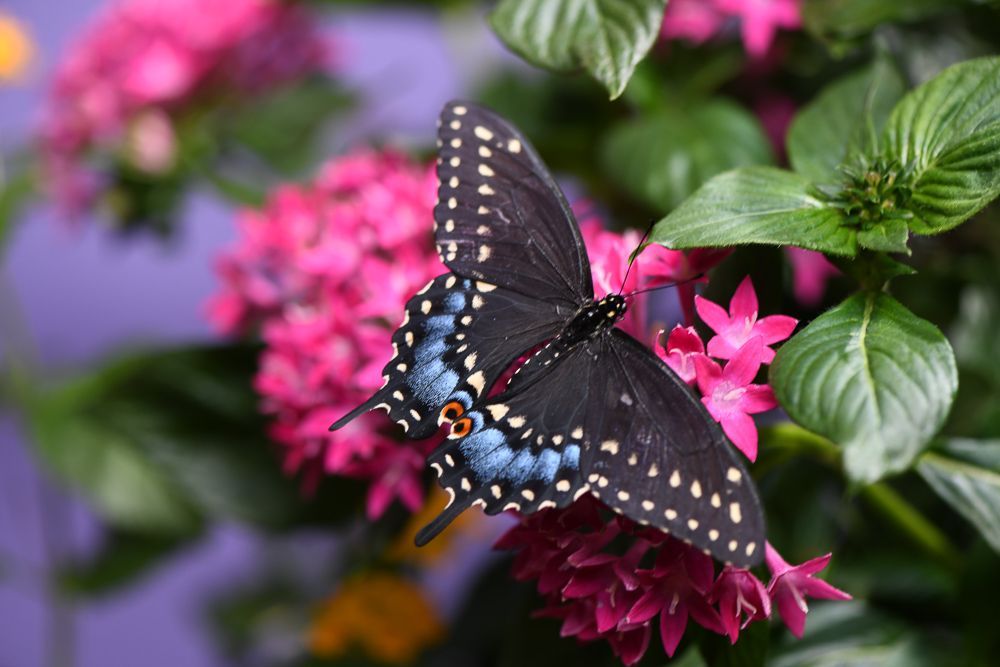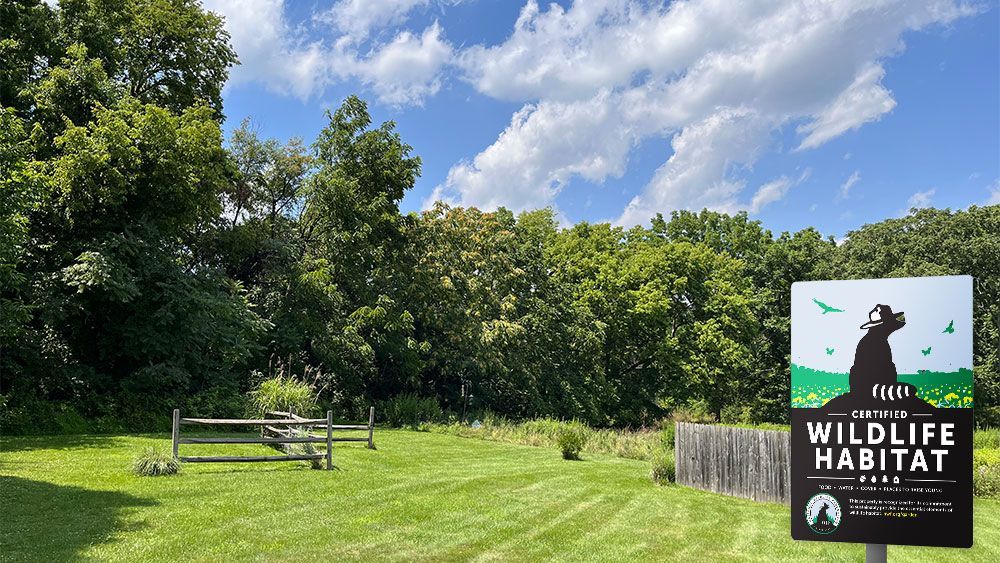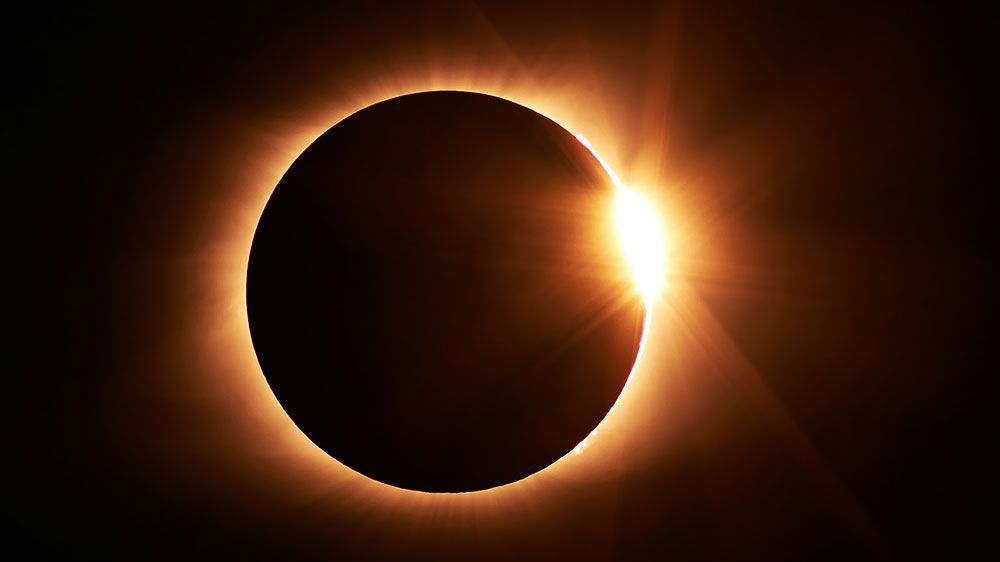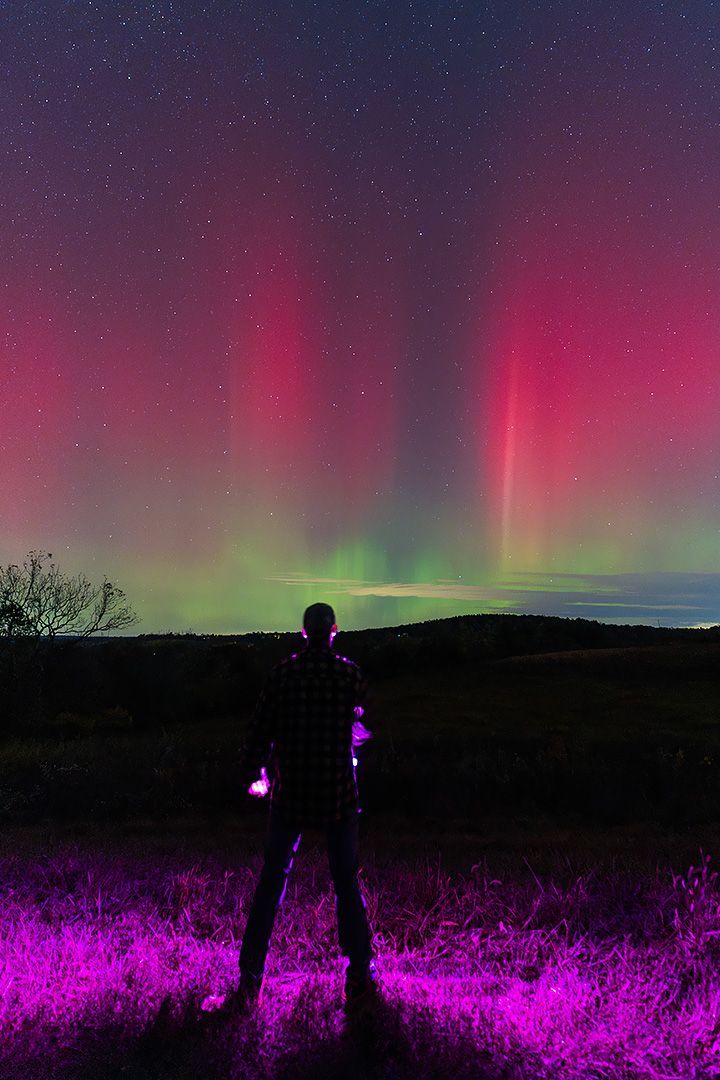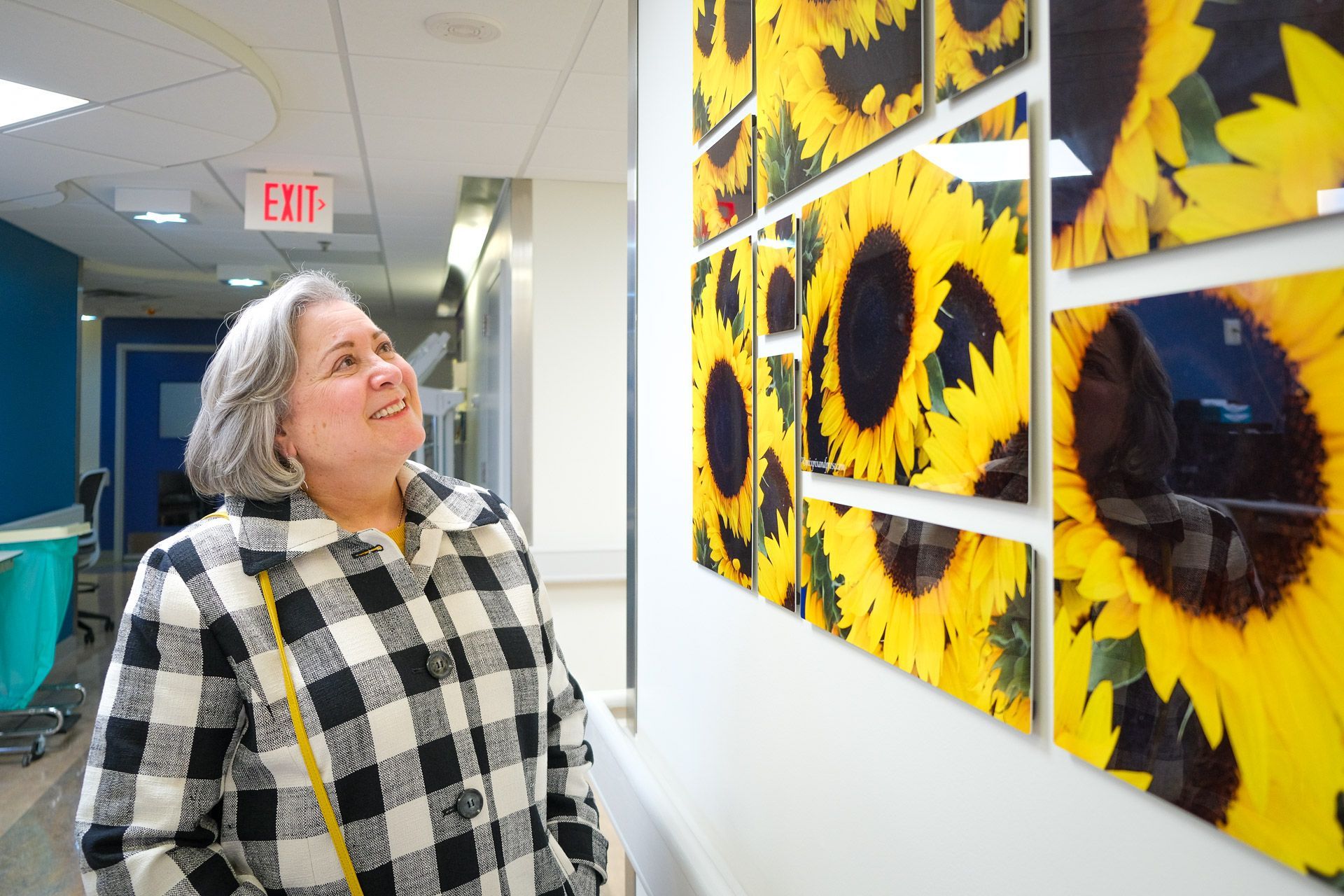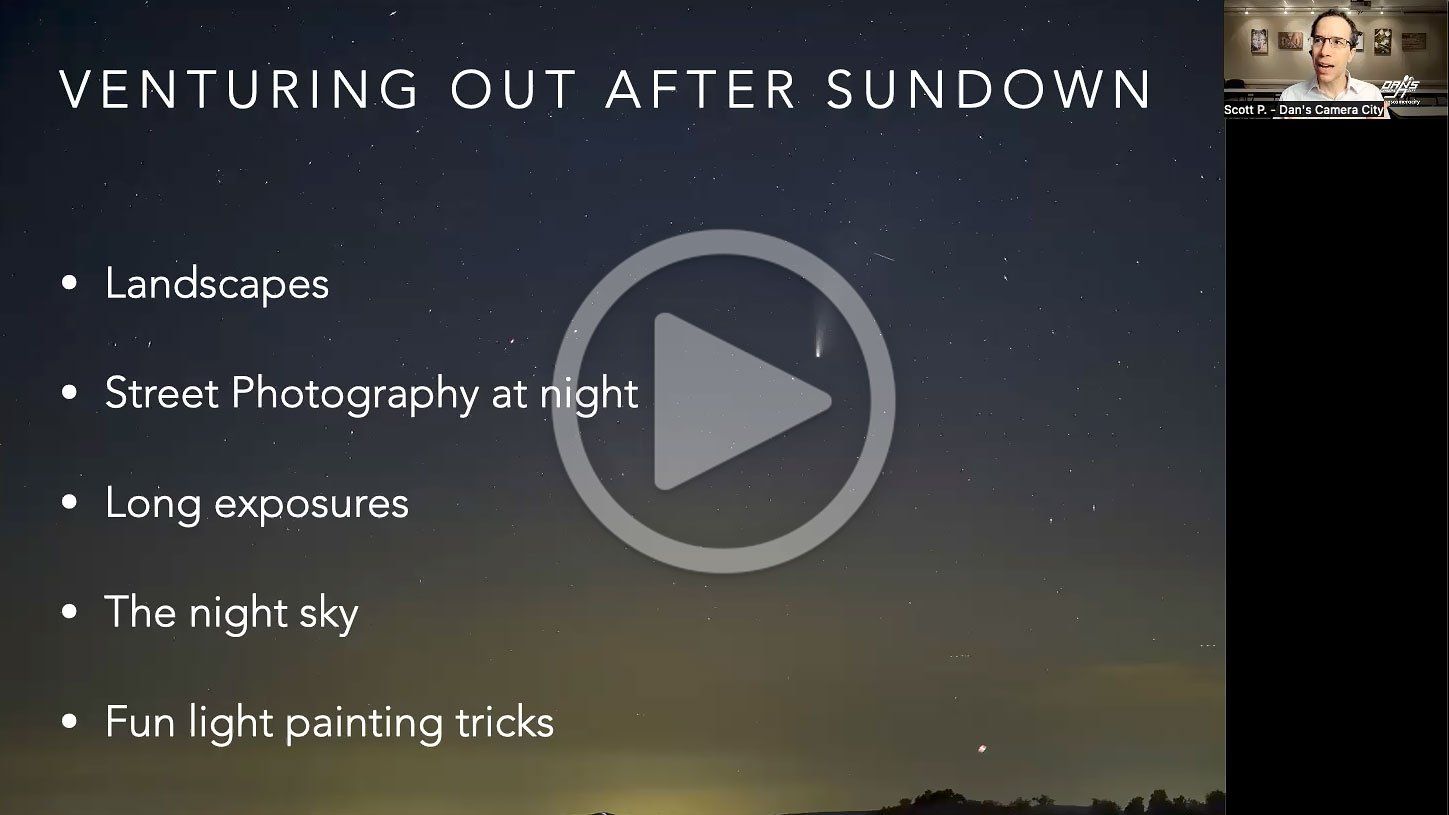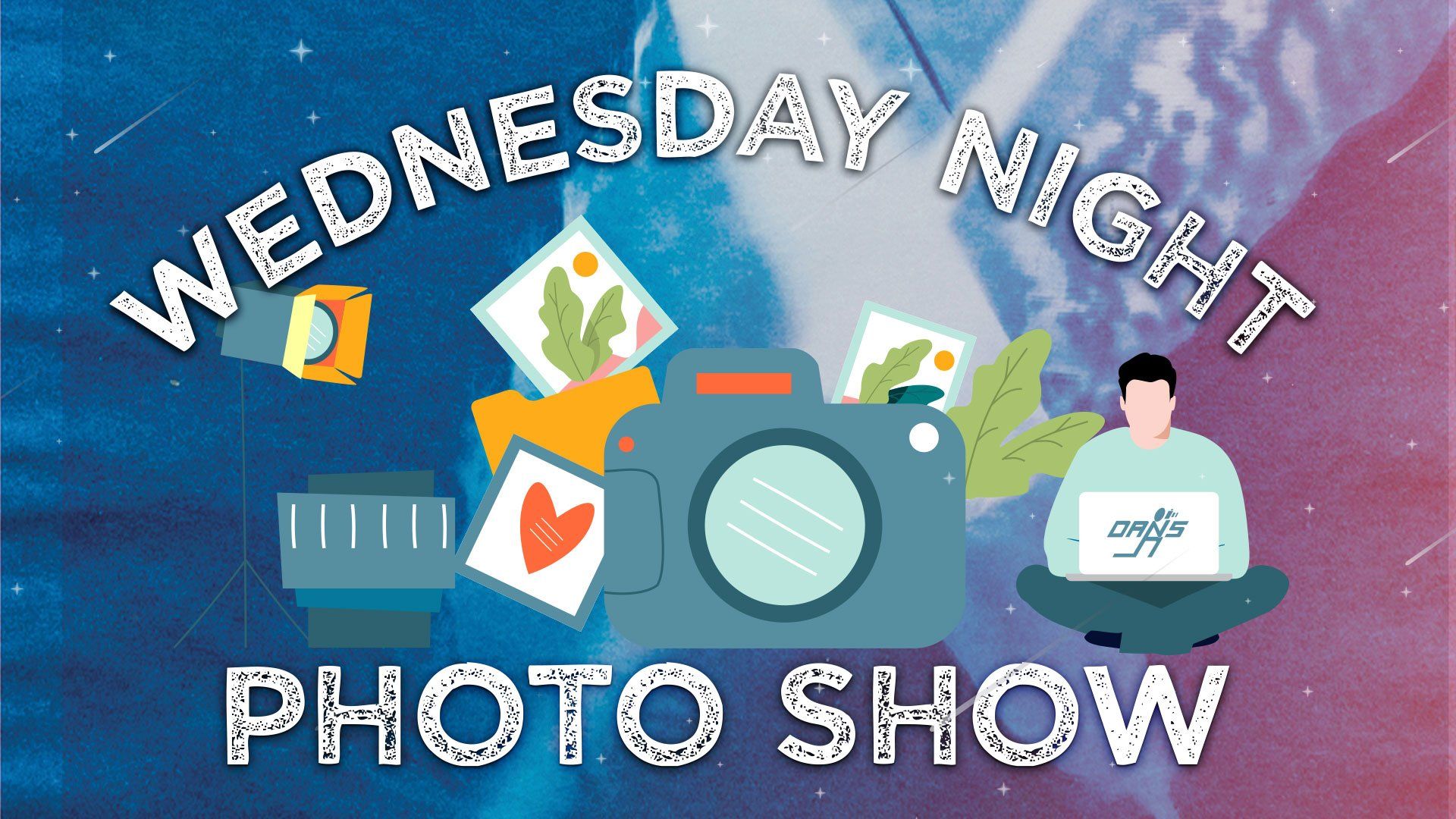Destination: Pennsylvania Night Sky and Milky Way Photography
Here in most parts of the Lehigh Valley, you can only see 50-200 stars in the sky and the view of our Milky Way galaxy’s galactic center is only faintly visible if you can see it at all. 80% of the US population can no longer see the Milky Way due to light pollution across the US.
So how do you get those dramatic night sky photos? You’ll need to go someplace where it’s dark. Really dark. Someplace where you can see an amazing 2000-4000 stars and the galactic center of the Milky Way is very distinct and easy to recognize. Fortunately, there are some great spots just a few hours away right here in Pennsylvania. And they’re mostly on public land in state parks, state forests, and national forests, so they’re accessible to all of us.
This map at lightpollutionmap.info is an excellent resource to find locations to photograph, as you can click and compare relative sky darkness between areas.
The grey and dark blue areas are the most desirable to see stars, planets, other galaxies like Andromeda, and the visible glowing arm of light from our own Milky Way galaxy. Many of these locations will show only very faint orange or yellow glow near the horizon, and the very best locations show almost no light pollution in long exposures. They’re so dark you can’t see your hand in front of your face unless you hold it up against the stars, and any clouds appear as black holes in the sky as they receive no lighting from the ground.
Green areas will be very impressive if you haven’t seen the night sky outside of the Lehigh Valley but will show noticeable orange haze near the horizon in any long exposure photos.
Yellow and orange areas will have so much light pollution from towns and suburban homes that your photos will have very bright orange or yellow glow that extends up into the sky, distracting from the Milky Way and stars. They’re still a treat for naked eye or telescope observing!
 R.B. Winter State Park - Photo courtesy of Russ Heller
R.B. Winter State Park - Photo courtesy of Russ Heller
Areas within 2½ hours of the Lehigh Valley
R.B. Winter State Park is the darkest location within 2½ hours of the Lehigh Valley, and the area along the beach is excellent for night sky photography.
High Knob overlook vista along the rural dirt road near Worlds End State Park. There’s some light pollution from Williamsport and Bloomsburg, but it’s much darker than most places in this area.
Even better areas within 3-4 hours of the Lehigh Valley
Cherry Springs State Park photography field is a true dark sky preserve. It’s the least light-polluted location that’s easily accessible in PA, roughly 3 hours from the Poconos or 4 hours from the Lehigh Valley. Photography must be done on the photography field, not the main astronomy field.

Cherry Springs - photo courtesy of Russ Heller
Junction Road, Cherry Springs Vista, and other vistas in this area on state land are also great locations. Make sure to park your car completely off the road. Also, be aware that rattlesnakes and animals are still active at night and they may surprise you!
Lyman Run State Park and Kettle Creek State Park are in the desirable blue or grey areas, and both parks feature lakes that offer the ability to show the reflection the Milky Way in the water. Walk around the beach or canoe launch areas to find the best composition. These parks also have lower public visitation than Cherry Springs.
- Kettle Creek State Park: 97 Kettle Creek Park Ln, Renovo, PA 17764
- Lyman Run State Park: 454 Lyman Run Rd, Galeton PA 16922
Bucktail Overlook, Elk State Forest: State forest locations that are open to the public at night, and there are several great ones. Bucktail Overlook is on top of a mountain and has a much better view of the horizon and more interesting trees to use as foreground elements than Cherry Springs. It’s also nearly as dark, but it does have some light pollution along the horizon.

photo by Dan's staff member Steve M.
Cook Forest State Park: Here you can see 300 to 500-year-old old-growth hemlock and pine trees, and use them as unique foreground elements. The main campground area provided this photo. There are also areas along the Clarion River to provide a unique foreground. Cook Forest and PA’s old-growth forests are a special paradise for photographers too!

Cook Forest State Park - Photo by Dan's staff member Phil Voystock
On location
Give your eyes at least 15 minutes to adjust to appreciate the stars best. That means no car headlights, phone screens, or even a car dome light. If you need a flashlight, red lights help preserve your night vision. Use a filter or a red LED flashlight.
Turn your camera’s screen brightness down to its lowest level, or you’ll have to wait longer to see the stars again after checking your composition. Learn to use the histogram instead of the screen brightness to determine if you have a good exposure.
Remember, autofocus won’t work well in the dark. Use live view to magnify a bright star or the setting moon and then switch the lens to manual focus to make sure you’ve got it sharply in focus. Play back your image and zoom in to 100% to make sure your stars are indeed in focus. Double-check your focus periodically. There’s nothing more frustrating than coming home to look at pictures on your computer and finding that they’re not sharp.
Use hand warmers rubber-banded to your lens to reduce condensation on or around front elements. Temperatures cool rapidly in rural areas and condensation is a real problem. Condensation on your lens will make for hazy images. You may need to remove your protection filter briefly to remove condensation before you reinstall it.
Plan to arrive at your location during the day, so you can plan out interesting compositions to give the Milky Way a sense of scale and majesty. This also gives you a chance to capture sunsets and the transition from day to night. And scouting your location ahead of time also allows for safer travels to and from your photography site. Getting familiar with the area means less chance of walking into something or getting lost in the dark.
 Winkle Beck Vista - Photo by Dan's staff member Kyle S.
Winkle Beck Vista - Photo by Dan's staff member Kyle S.
When to go
Plan your trip for the new moon, otherwise that dark sky you’ve traveled so far for won’t be very dark at all! July, August, and September new moons are are great times to photograph. The bright galactic center of the Milky Way is less visible in October and doesn’t reappear until March or April (depending on how early you want to get up).
During new moon in the summer, you start photographing after around 11:00 p.m. Why so late? We have to wait until the end of “astronomical twilight” when the sun is no longer contributing any light to the sky at all. And by about 3:45 a.m. the sun starts to light up the sky in the east again. You’re only got a few hours to work with for the very best results! And that’s just for the summer. This calendar will tell you when you need to wait until for other times of the year: www.sunrisesunset.com
Ok, so what if you can’t wait for the new moon? You can still photograph during the first and last quarter, just as long as the moon hasn’t set or will not be rising for the next 45 minutes.
The Milky Way appears to travel across the sky, and its angle changes from horizontal to vertical due to our earth’s rotation and tilt. You can use the setting sun as a starting point. The Milky Way will appear this time of year in the southern sky, which means the Milky Way will be in front and above you if the setting sun is hitting your right shoulder. There are also some great apps available to help you determine its exact location.
- PhotoPills for iOS and Android
- SkyGuide for iOS
- Stellarium Mobile for iOS and Android
Taking the pictures
When you pick a location, try to find a nice grove of trees, rock formations, man-made structures, or still water to anchor a wide-angle composition of the stars. Images of the stars alone are less interesting. This photo was taken at Mauch Chunk state park lake, less than 1 hour away from the Lehigh Valley, which offers a chance to reflect the Milky Way in the lake for a really stunning view.
 Mauch Chunk State Park - photo by Dan's staff member Kyle S.
Mauch Chunk State Park - photo by Dan's staff member Kyle S.
Getting a good picture requires a bit of planning. Our goal here is to come up with an exposure that’s long enough to capture all those stars, but not so long that they start to turn into lines as they move across the sky. Fortunately, there’s a great exposure calculator out there to do the work for you. Enter your focal length, aperture, and ISO
, and it will tell you where to set your shutter speed:
https://www.lonelyspeck.com/milky-way-exposure-calculator/
The ideal gear list for this project:
- A camera with a full-frame 35mm sensor like the Nikon D850 or Sony A7R III that delivers good image quality at ISO 3200 through 25,600
- 24mm or wider lens with an f/2.8 or larger maximum aperture
- A good sturdy tripod
- A remote shutter release, so you can trigger the camera without touching it
- Warm soup or hot beverages to stay warm. Even in the summer, it can get chilly out there on a mountaintop in the woods!
You want to provide the camera with as much light as possible to reduce underexposure, increasing image quality and reducing noise. Higher ISO and less underexposure produces a cleaner image than lower ISO and having to brighten it up in Lightroom or Photoshop.
Of course, if you don’t have everything on that list, the principles still remain the same. Just getting to one of these dark sites makes a huge difference, even some point & shoot cameras can capture the Milky Way with a really dark sky. If your camera has an APS -C or Micro 4/3 sensor, or if your image quality really maxes out at ISO 3200 , you can still create some amazing pictures. The one thing that’s absolutely necessary is a good solid tripod. With exposures this long, it’s vital that the camera remain absolutely still.
For more reading on this topic, here’s an excellent resource to understand exposure differences and considerations: https://www.lonelyspeck.com/how-to-find-the-best-iso-for-astrophotography-dynamic-range-and-noise/
Need to borrow some gear?
When you’ve got a special project in mind, sometimes it makes more sense to rent the gear you need than to buy specialized equipment you won’t use very often. Our rental department is here to help!
For night sky photography, we suggest these combinations:
- Nikon D810 and 20mm f/1.8 lens
- Sony A7R II and 28mm f/2, or the Sigma adapter and Canon 16-35mm f/2.8 lens
Both of these cameras are exceptionally good setups for the Milky Way and can produce stunning images from RAW files at ISO 6400 or even 12,800. The Nikon D810 was used for the bucktail and cook forest Milky Way samples we used in this article.
We also have sturdy tripods and cable releases available to reduce shake in your images.
Getting great night sky photos takes a little work, but we promise that the results are worth it! If you have questions, feel free to get in touch or stop by and chat. And if you do make the trip get some pictures, please share your pictures with us on Facebook or Instagram!




